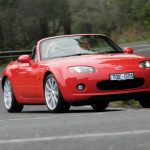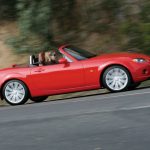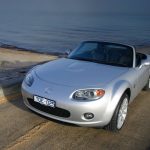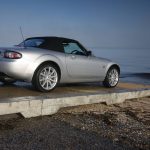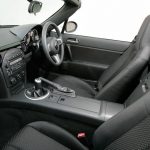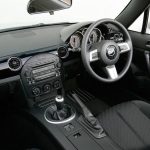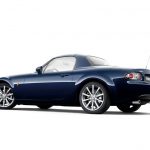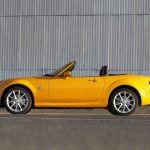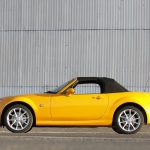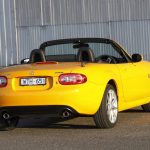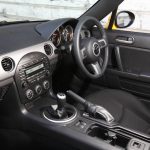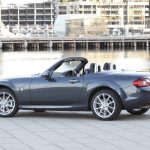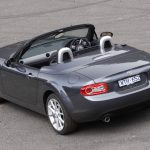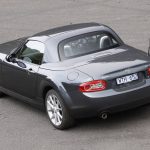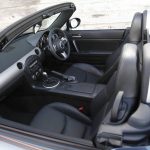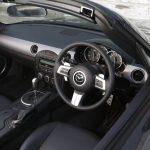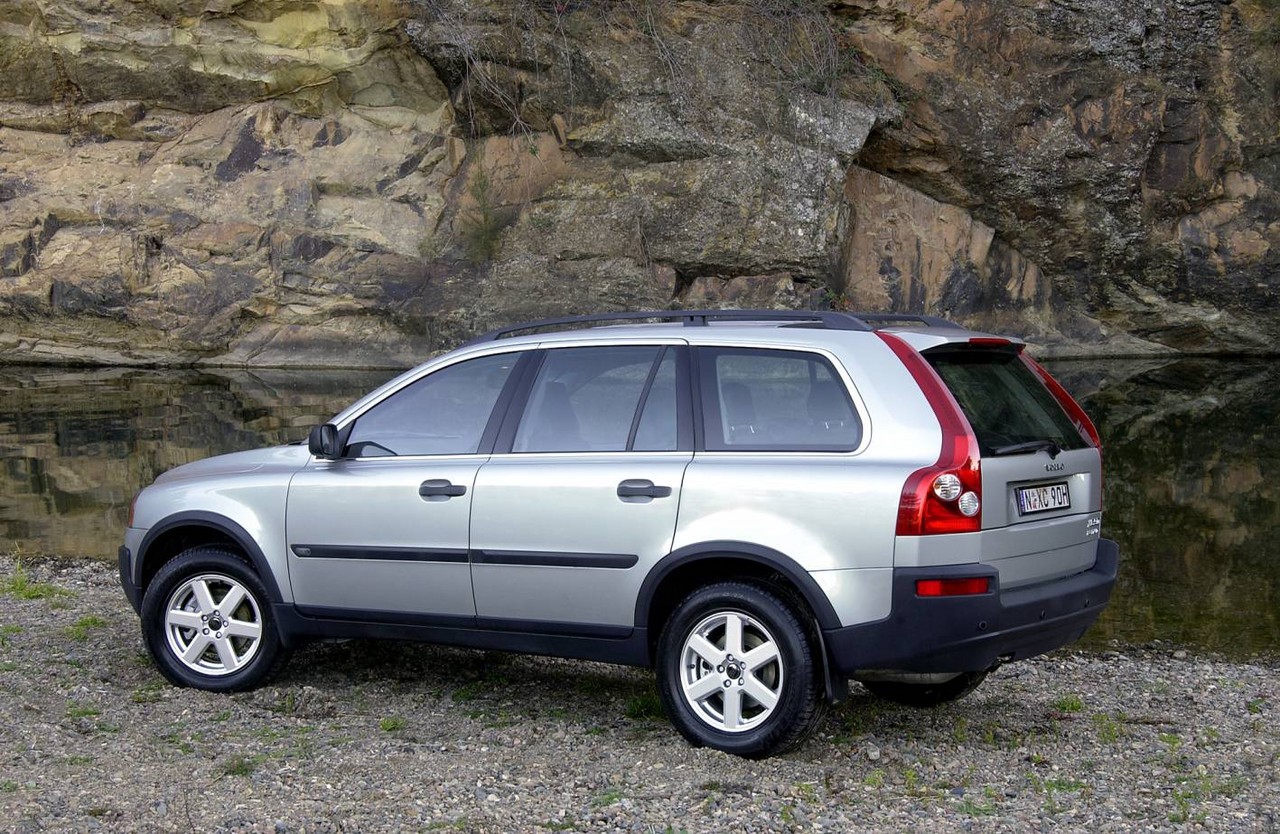Images: Mazda NC MX-5 (2005-14)
Released in September 2005, the Mazda NC Series I (NC.I) MX-5 was initially offered as a two-seat, soft-top convertible. Manufactured in Hiroshima, Japan, the rear-wheel drive MX-5 was powered by a 2.0-litre four-cylinder petrol engine – with variable valve timing – that was mated to either a six-speed manual or six-speed automatic transmission… Read full Mazda NC MX-5 review
Images: Mazda NC.II MX-5 (2009-12)
Released in March 2009, the Mazda NC Series II (NC.II) MX-5 introduced a revised line-up, facelift and engine modifications. The 2.0-litre four-cylinder engine featured a new induction sound enhancer, forged crankshafts, valve springs and new connecting-rod bearings; as a result, it now had a 7500 rpm limit compared to its predecessor’s 7000 rpm. The Mazda NC.II MX-5 could be identified by its single front fascia bumper, five-point grille, new headlights, triangular front fog lamp bezels, garnished side sills, revised rear bumper and new rear combination lamps. Compared to the Soft-top, the Roadster Coupe was differentiated by its mesh grille, chrome finish inner headlight bezel, silver fog lamp surrounds and chrome door handles. Inside, the NC.II MX-5 featured a red-backlit LCD tripmeter/odometer, more supportive seat bolsters, silver-ringed climate control knobs and a soft-touch centre console cover.
Images: Mazda NC.III MX-5 (2012-14)
Released in October 2012, the Mazda NC Series III (NC.III) MX-5 introduced a revised range as the soft-top models were discontinued. The Mazda NC.III MX-5 could be identified by its larger five-point grille and lighter front bumper, new front fog light bezels, front chin spoiler and gunmetal alloy wheels. Inside, matte dark silver finishes for decoration panels and steering wheel bezel were replaced with a glossy dark grey finish. Furthermore, greater refinement was also achieved through stiffer door modules, a urethane-filled front suspension cross member, a reinforced second cross member and additional damping material in the front-most section of the roof.


